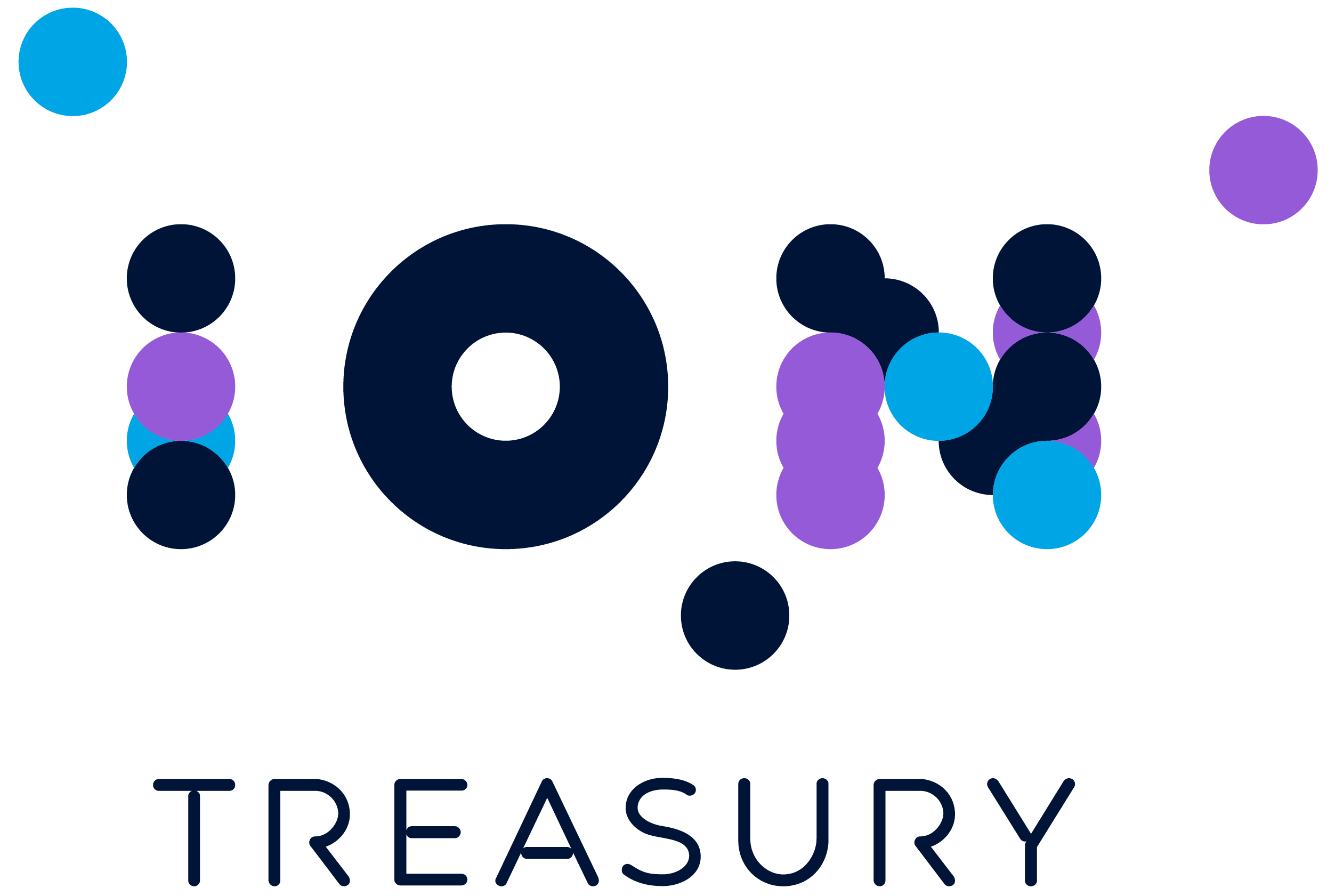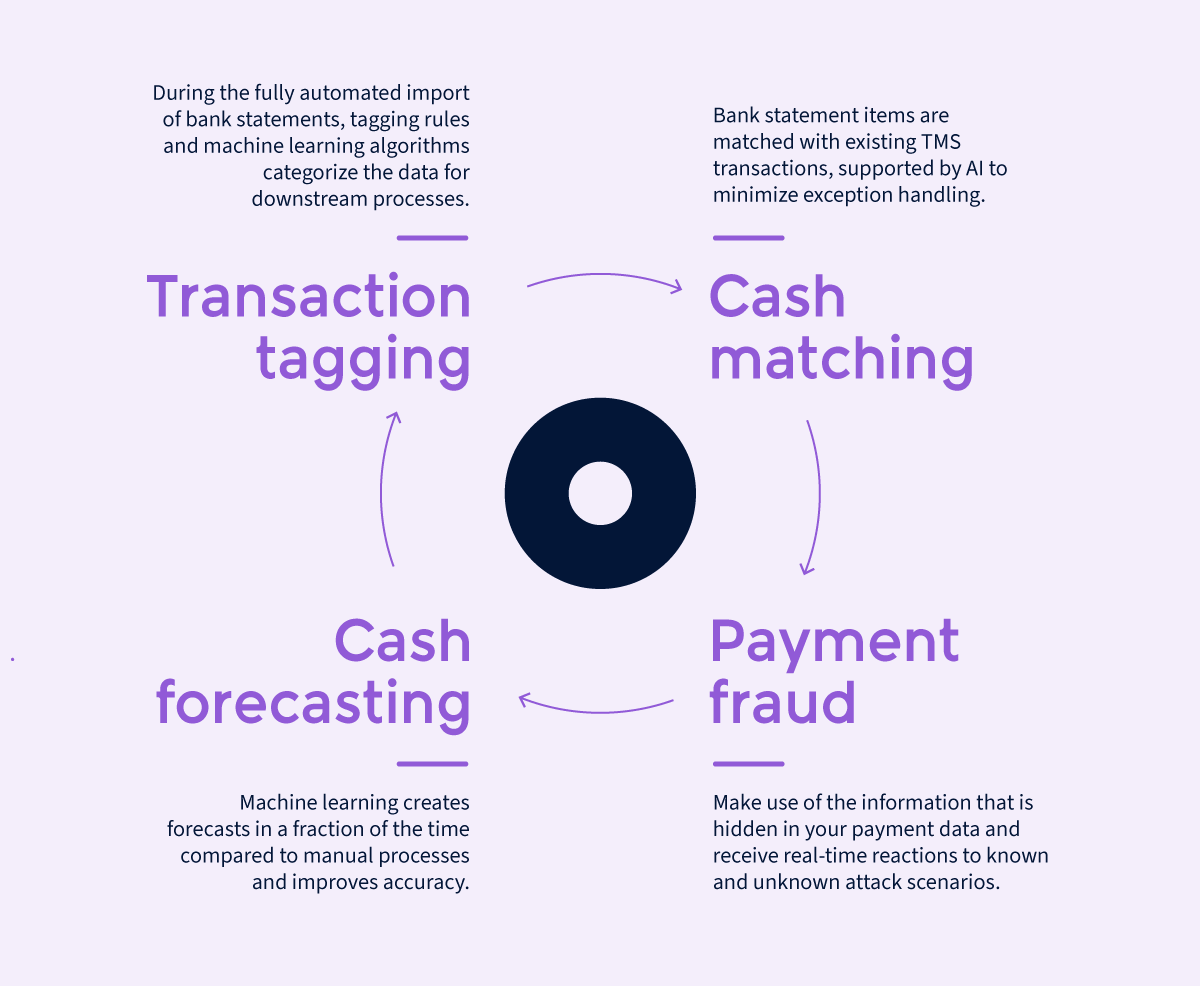Why your organization benefits from artificial intelligence and machine learning
The recent introduction of ChatGPT and similar artificial intelligence (AI) tools has triggered many discussions on how these tools will change our private and professional lives. This is no different for finance and treasury.
At ION, we believe that AI and machine learning (ML) can be highly beneficial in digitalizing treasury processes, automating repetitive tasks, or providing insight into complex data. This article will show how ION’s ML-powered solutions make treasury processes more efficient, accurate, and safer.
We focus on areas where treasurers spend a lot of time. We highlight the efficiency gain ML can bring to cash management tasks like reconciliation or tagging, how it can make forecasts more accurate, or how fraudulent payments can be detected.
Bank account statement reconciliation
Even with a high level of automation in treasury management systems, the bank account reconciliation process is still a time-consuming task for many cash managers. It involves manual intervention when reconciling bank account statements with pre-booked transactions or correcting cashflows for downstream processes.
In our endeavor to further automate these processes, AI is especially useful.
We’ve trained our domain-specific language models on millions of SWIFT/BAI2 messages and can use them to classify transactions into different tags efficiently. We can also apply that to match statement items to pre-booked transactions, including cases where there are value date or amount differences, or where we have one-to-many matches.
Treasurers can experience remarkable efficiency increases by using those tools. What used to be daily repetitive tasks are now quick checks to ensure everything is in order.
Cash forecasting
Cash flow forecasting is essential to guarantee liquidity, understand risks, and anticipate cash shortages. It is important to have an accurate and efficient process in place, and ML algorithms are extremely valuable. They can help detect patterns and trends in your data that might be hard to see for the human eye.
We can apply our forecasting algorithms to various sources of cash, like accounts payable and accounts receivable, or bank account balances. Simply import the relevant data into your TMS as part of a fully automated straight-through process.
The generated forecasts, and your manual predictions, can be compared or back-tested against the actual cash flows to learn how to improve your overall forecasting process. That way, you can identify those types of cash where ML can improve accuracy compared to your manual forecasts and reduce the time needed in a manual process.
Research with client data showed that ML-generated forecasts are as good as, if not better than, manual forecasts, and reduce the generation time to a few seconds or minutes.
Payment fraud
Another area where ION constantly invests is security. Cybercrime is an omnipresent, and, unfortunately, we see countless reports of companies that fall victim to it. Treasurers are an ideal target for an attack as they oversee many areas often targeted by cybercriminals, including cash management, global bank connectivity, and payment management and processing.
ION’s treasury management systems and payment solutions offer many ways to prevent attacks, from various IT measures to sanction screening or complex authorization workflows.
Our AI-powered payment screening solution is another powerful tool that can help prevent fraud before it happens. We analyze the flow of payments, and our AI learns a treasury department’s ‘normal’ behavior. We then screen all new payments, and any deviation from that learned behavior — be it fraud or user errors — can be detected in real time.
With this technology, you get a solution tailored exactly to your use case without any time-consuming set-up and maintenance of complex rule sets. It can make your operations much safer without having to invest extra time.
ML and the future of treasury
The pace of development and adoption of ML technology is increasing quickly. There are applications in typical data- and labor-intensive tasks. The examples around cash forecasting and cash tagging are clear, easy wins.
Future development will see the adoption of these solutions increase with the use of pre-trained models and the introduction of additional reference points/inputs for the predictions.
We might also see the application of ML techniques to user workflows, collecting data on typical user actions to predict next actions and present the user with the required data and action step—for example, execution of FX hedges upon review of currency positions.
The fuel for any ML engine is the data it is trained with and operates on. Therefore, it is key that the treasury function has good data that is well codified to the organization’s needs. This presents both a challenge and an opportunity. The treasury system can assist with data storage, but the organization needs to make sure cash flow types, for example, match the decision-making that is needed.
We would expect a reduction in repetitive tasks within the treasury function. Already, cash forecasting and tagging can become a short user review activity rather than a daily manual task of updating data. With more accurate and reliable data and predictions, decision-making can be done with greater precision, as less tolerance is being allowed for manual error, leading to more efficient cash management.
At ION, a dedicated team develops our ML technology, which is integrated into each of our treasury management systems. Our customers are well placed to take advantage of the continued investment and growth in this area.

Don't miss out
Subscribe to our blog to stay up to date on industry trends and technology innovations.





